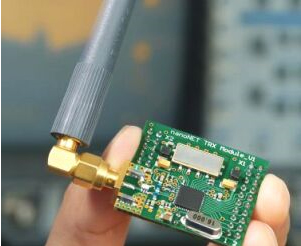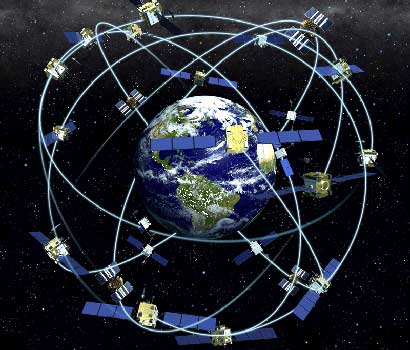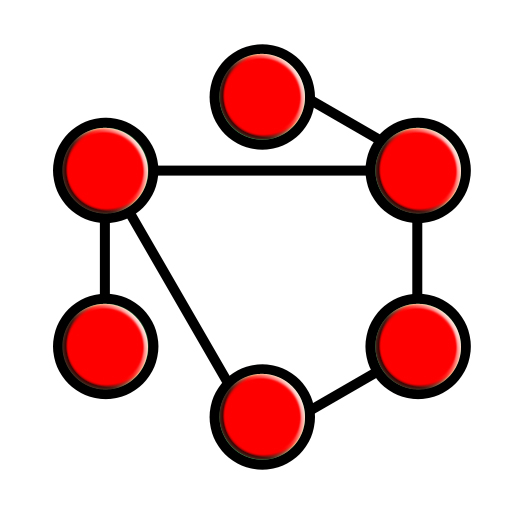Our approach is device agnostic, focusing on the potential in combining information gathered from different types of devices and controlling the distribution of such information between different parties, such as between your customers, your suppliers and yoursef, taking into account privacy and security issues.
There are many alternate technologies that address identification and sensor data capturing. All with their pros and cons. The following section give a short introduction to some of the technologies handled by the Resource Visibility Server.

Passive RFID
From the multitude of proprietary protocols existing for Radio Frequency Identification in the 1990's EPCglobal has defined a number of tag air interfaces since then. From Class 0 and Class 1 to the currently approved Class 1 Generation 2 protocol.

Active RFID
Active RFID technology are mostly packaged into complete systems with encapsulated tags, readers and software. Depending on the radio frequency and other priorities of the manufacturer, they target partly different application areas.

GPS
GPS was first intended for military use but has gained extensive adoption in commercial applications. With miniaturisation of chips and decreasing power consumption many mobile phones are now gps-enabled.

Mobile Mesh network sensors
A mobile mesh network or mobile ad hoc network (MANET), is a self-configuring network of mobile devices connected by wireless links. Devices with battery power or with an energy-harvesting technology as a power source comes with a multitude of sensors and comtrollers, supporting a range of applications from industrial. building automation to biometrics.
Resource Visibility
Real-time Inventorying
Testimonials
“Using VantagePoint resource visibility service as the integration node when implementing our first RTLS for crates saved us many weeks of systems development and integration work
-Paul Allen, Production Manager
